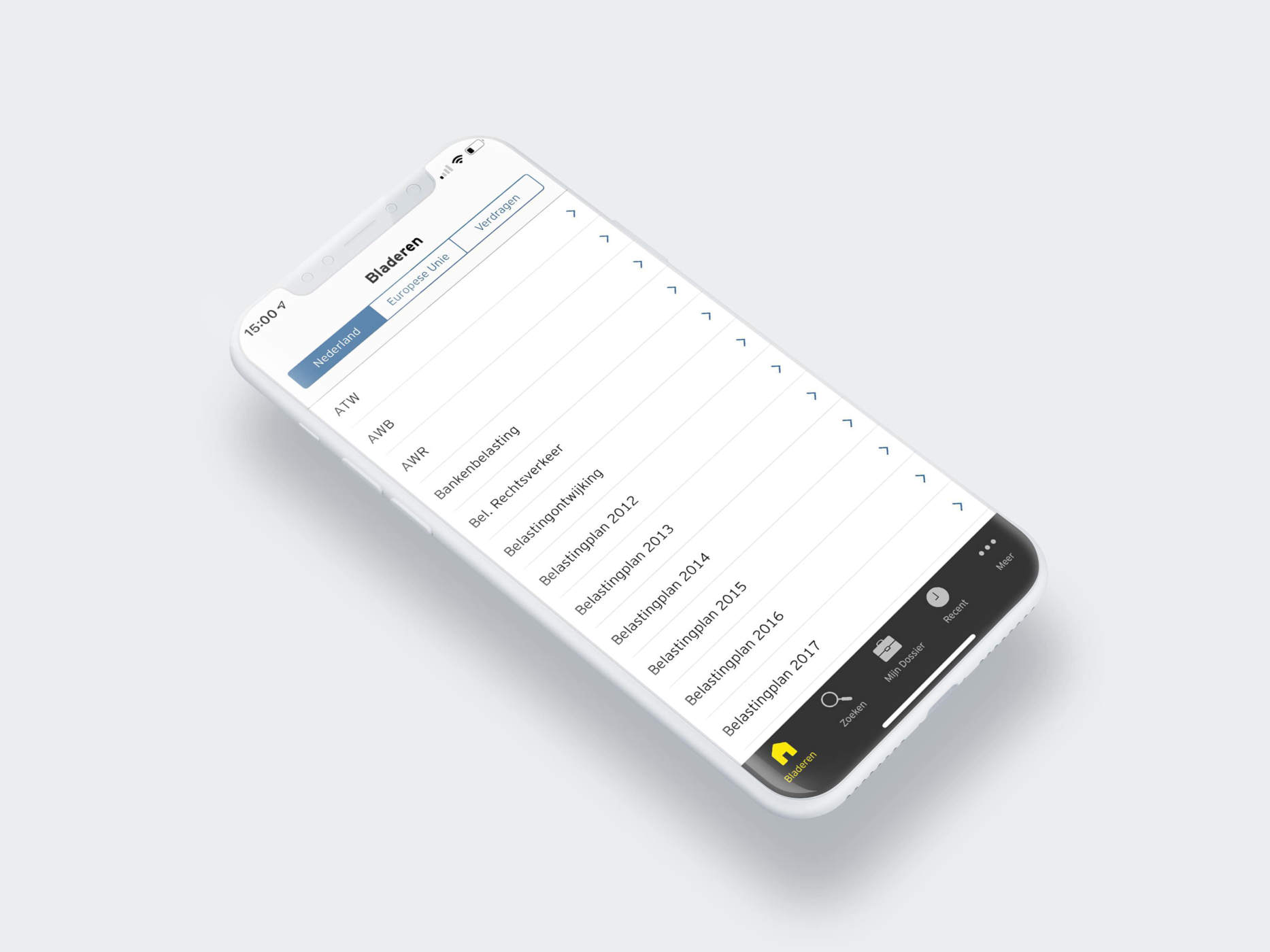TINs are considered as providing the best means of identifying taxpayers under automatic exchange of information. The national TINs are however built according to national rules which differ considerably and make it difficult for third parties (financial institutions, employers, other) to correctly identify and register foreign TINs and for the tax authorities to report back this information to the other tax jurisdictions.
The creation of an EU TIN might constitute the best solution to overcome the current difficulties faced by Member States in properly identifying all their taxpayers (natural and non-natural persons) engaged in cross border operations. Whether this could be a unique EU number or the addition of an EU identifier to existing national TINs is an issue which should be further explored, as should be explored links with the other existing EU registration and identification systems.
Although the concept of an EU TIN is simple, its implementation is a complex issue which calls for a step-by-step approach. A public consultation will be launched by March 2013. The presentation of a subsequent legislative proposal requires further in-depth studies and the strong support of the Member States. As a first step, a possibility would be to further develop the "TIN on EUROPA" portal, by making it possible to check the validity of national TINs by linking this application with Member States' databases.




